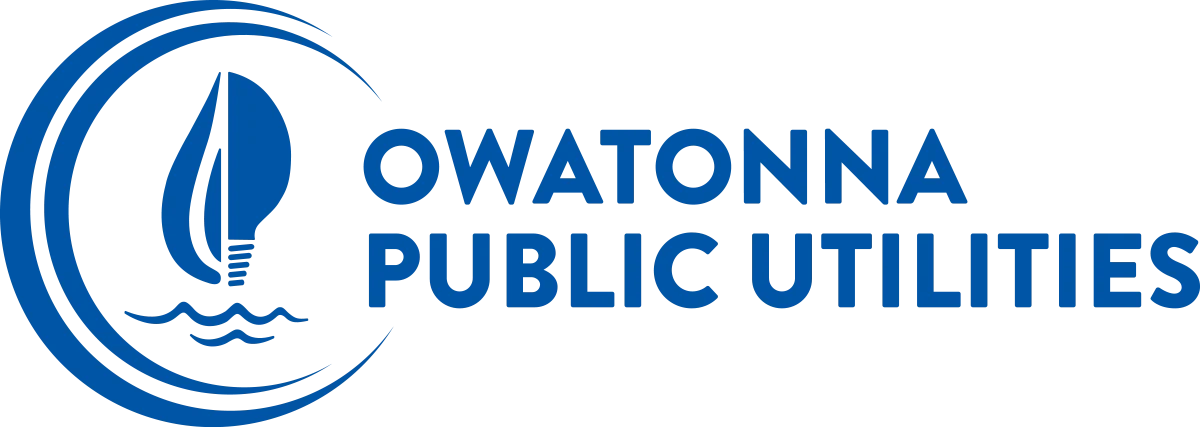A couple weeks ago one of our maintenance workers was performing gas valve maintenance and was almost hit by a car. The driver of the car was texting or looking down at their phone and didn’t see the parked maintenance vehicle, flashers and warning cones. Fortunately the driver became aware of a problem when their car struck one of the warning cones and swerved out of the way. The diver didn’t stop and vehicle identification wasn’t obtained.
Please slow down for crews working on roads and vehicles with flashers. Give them plenty of space when driving by and around warning cones. I share this story along with other safety reminders in the hopes that you and others don’t become a victim or cause harm and injuries to others. Please read and share these important reminders with your family and friends.
When you think of excavation, you may think of large construction equipment digging trenches or large holes. However, there are many seemingly simple projects homeowners complete, such as yard grading, gardening and installing fences and mailbox posts, that pose a threat of damage, injury, or death. For all excavation activities, Minnesota law requires the person doing the digging to get the project area located and marked for buried utilities that may be present.
You may be familiar with the terms “Call Before You Dig” or “Gopher State One Call”. These are the highly successful and publicized programs that Minnesotans have used to get the underground utility lines located prior to any excavations. Calling for the locating of buried utility lines prior to excavation is a state law and it is a free service to you. You can call 1-800-252-1166 and be connected to a service professional that will walk you through the process. If you forget that number, you can simply dial 811. This connects you to a nation-wide service that will connect you to Minnesota’s Gopher State One Call center. Utility companies have 2 business days from the time you call to physically mark any utilities, or declare your project area to be free of utilities.
We are often asked how deep our gas, electric and water utility lines are. This may seem like simple question, but we can’t answer with an exact depth. OPU requires that our utility lines be placed at standard minimum depths, but activities like landscaping, construction or erosion, cause these depths to change over time. The only way to know is to carefully hand dig over the locate marks until you physically see the utility. By law you are required to carefully hand dig to expose the underground utilities when your excavation is within 24” of any locate marks.
It is important for excavators to report any nick, scrape, scratch or hit of any utility line to OPU. This is because even minor abrasions to a line may cause corrosion and eventual line failure. OPU will come out and repair all non-negligent hits at no charge to the excavator.
If you are digging a trench that is deeper than 4’ and will be entering the trench to complete your work, then you need to be aware of the danger created by the possibility of the trench walls unexpectedly caving in and burying you. The Occupational Safety and Health Administration (OSHA) has specific legal requirements of what is considered a safe excavation. You can visit their web site at www.osha.gov to get additional details or to find contact information. Excavation safety is a very serious issue to be considered. In 2005 trench accidents took 44 lives in the US alone. The average soil weighs approximately 3000 lbs. per cubic yard or as much as a car. It does not take long to crush or suffocate a victim of a cave in. It is important to call 911 and request professional help immediately in any trench cave-in situation. Never enter a trench that has vertical or unstable walls, even if only for a brief time.
While you are completing your excavation your attention is focused towards the ground and what is located beneath it. But there are also hazards above ground. Make sure there are no overhead lines that you or your equipment may come in contact with. Don’t trim branches near power lines and keep ladders and tree trimming poles away as well. If you are working or operating equipment within 10’ of any overhead lines you can contact OPU at 507-451-1616 to have us place cover ups on the line to further protect you. Always remember that even if you see overhead lines there still may be buried underground lines present.
If you have any questions regarding your gas, electric or water service OPU is available 24 hours a day 7 days a week at 507-451-1616. I also encourage you to visit our website at www.owatonnautilities.com and click on the “Safety” tab for additional information. We pride ourselves in serving you the customer and providing safe, reliable service everyday.
Please have a safe summer!

